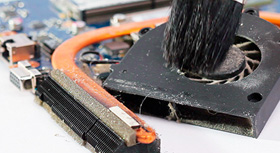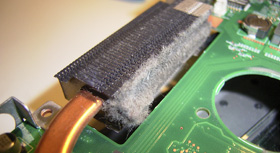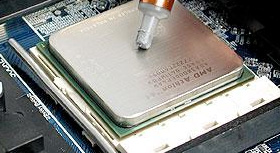- by Apple Expert
- 0
What is Laptop Servicing
Posted in : UncategorizedArchives
| M | T | W | T | F | S | S |
|---|---|---|---|---|---|---|
| 1 | 2 | 3 | 4 | 5 | 6 | 7 |
| 8 | 9 | 10 | 11 | 12 | 13 | 14 |
| 15 | 16 | 17 | 18 | 19 | 20 | 21 |
| 22 | 23 | 24 | 25 | 26 | 27 | 28 |
| 29 | 30 | |||||
Categories
- Data Recovery (5)
- Laptop Repair (25)
- Macbook Repair (61)
- Uncategorized (109)
Popular tags
apple center mumbai Apple laptop repair Apple laptop repair Mumbai Apple macbook repair Mumbai battery repair best laptop repair Bombay Computers data recovery data recovery Mumbai data recovery services HP Laptop Repair Mumbai lapop repair laptop home service Mumbai laptop repair laptop repair center laptop repair experts Mumbai laptop repair mumbai laptop repair service mumbai laptop repair services laptop repair services Mumbai Laptop screen repair Laptop screen repair Mumbai laptop screen replacement Mumbai laptop service Mumbai lost data recovery macbook battery replacement macbook battery replacement mumbai Macbook pro repair mumbai macbook repair Macbook repair center Mumbai Macbook repair Mumbai Macbook service Mumbai Mac repair Mac Repair Mumbai Mac screen replacement


